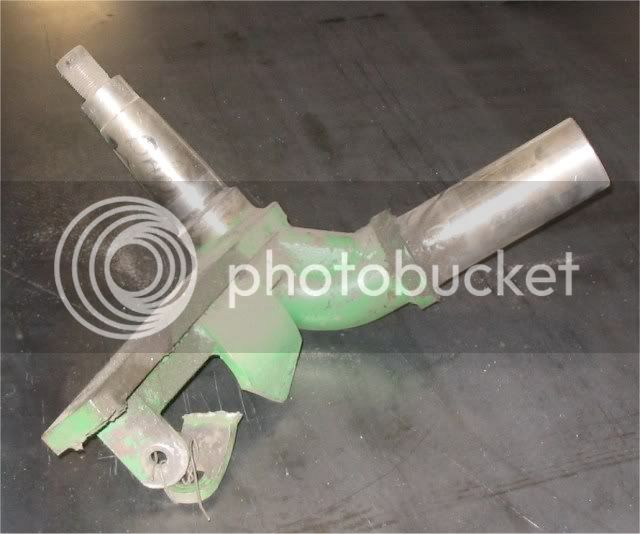Tin Falcon
Well-Known Member
- Joined
- Jul 9, 2007
- Messages
- 7,207
- Reaction score
- 787
O K I will bite and add to the new area. My favorite materials. 360 Brass machines nice can be soldered looks nice. good for fly wheels crank disks and just about any engine part.except for axles . 6061 Aluminum easy to find easy to machine can be welded (Yeah with a nice tig. wish I had one) good all around material. O-1 Drill rod good for axles and pins. Bronze for bushings. And last but not lease acylic plastic AKA Lucite, folks love my see through engines. Teflon makes nice low friction pistons. can also be used for bushings. Mix the materials to reduce the need for lube and reduce the chance of galling. When selecting material keep in mind the relative positions on the relative corrosion chart anode, cathode. Most folks think fly wheels have to be of steel cast iron or brass. My experience has shown aluminum and plastic work fine. Experiment have fun
Tin
Tin









